‘Healing Arts’: Jessica Lizeth Torres interviews Paola Loomis | San Francisco, California
In a reversal of roles, a young Bay Area artist interested in Art Therapy, Jessica Lizeth Torres, interviews here Paola Loomis, who worked in the field for many years while living in Italy.
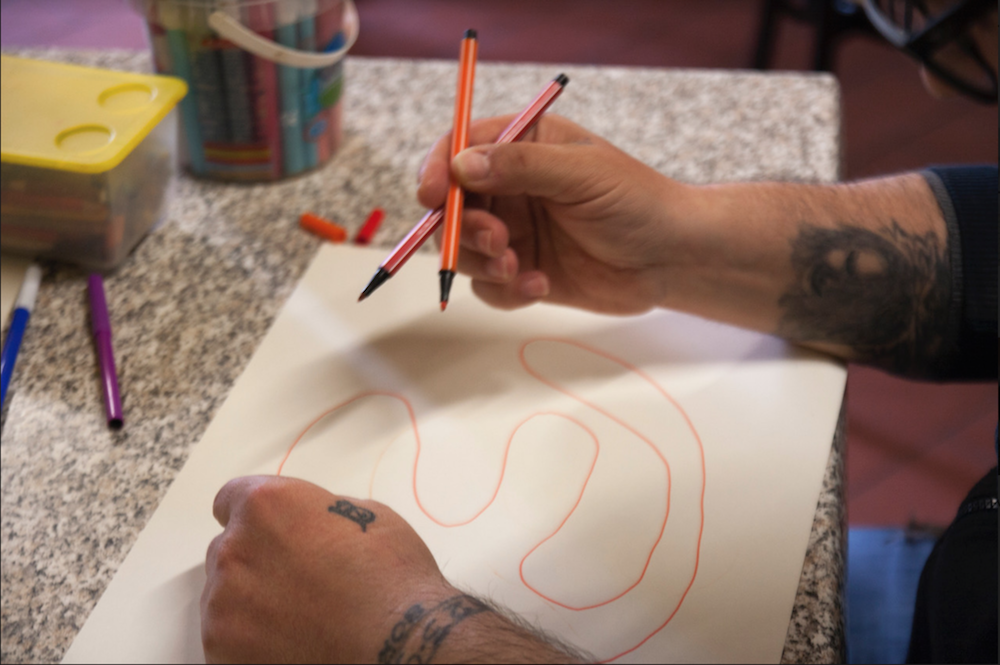 What is Art Therapy and how does it work?
What is Art Therapy and how does it work?
Talking about Art Therapy on Emergent Art Space, the online platform for young artists where art plays the role of translating, crossing cultures and building bridges, requires us to take a step back and “look at a wider picture”.
The Art Therapy panorama is so rich, variegated and complex that definitions - even though inevitable - are as many as the variety of contexts and cares, frameworks of health systems, different theoretical clinical backgrounds, multiplicity of techniques and art disciplines: from music to dance, from visual art to drama, plays and poetry. And an art therapist can shift from one to another to address the clients’ diverse situations and needs.
An art therapist can work with groups or individuals, in private practice or in teams, in open studios or as the employee (as I was) of a therapy clinic.
For example, hospitals, schools, recovery centers, mental health services, assisted living for the elderly, special needs children’s services, asylums and prisons are all contexts that influence the practice and the range of artistic techniques. What is good for school children (in school) is not appropriate for cancer patients in hospitals or prison inmates. Every context presents unique challenges that require an art therapist to set very specific goals.
Art therapy’s methods and activities range from an orientation more toward art or more toward psychotherapy. And the training also is diverse. Someone should create a map so we don’t get lost!
 As you see, the context is rich and complex. To respect the diversity as well as the uniformity in implementing art therapy is not easy. Art therapy is a flexible methodology of non-oppressive processes open to everybody at any age, from cradle to grave, and addressing situations from wellbeing to illness, from education to health practices, using art within a therapeutic framework.
As you see, the context is rich and complex. To respect the diversity as well as the uniformity in implementing art therapy is not easy. Art therapy is a flexible methodology of non-oppressive processes open to everybody at any age, from cradle to grave, and addressing situations from wellbeing to illness, from education to health practices, using art within a therapeutic framework.
Art is indeed a vital agent of communication that enhances and harnesses the process of change. Using creative arts opens doors that reach clients in ways that talk therapy cannot. Art therapists have a significant understanding of art techniques and are skilled in choosing materials to facilitate non verbal communication, to kindle the body intelligence so that the client is enabled to express feelings more easily with images, for example, than with words.
Can you tell us about some cases or examples from your experience?
I remember Michela, a corpulent woman in a rehab center. After a group session she decided to stay longer in the studio. She was relaxed and drew a big vase-shaped fountain precisely in a center of the paper. She said that it was a garden of fountains. In the background she had drawn other fountains with spilling water. The big one in the center had no water to sprinkle. Was it blocked? I invited her to help the fountain let the water flow.
Michela took the blue pencil and drew very gently and pensively some water flowing out of the fountain. I was seated near her quietly. After a few minutes she was able to release the flow of very disturbing memories. She was able to talk about her pain. What made this opening up possible, without acting it out or reenacting it?

A place that felt safe and non-oppressive. The connection with the movement of drawing the water flowing resonated imaginatively with the action of unlocking the clogged fountain, with the important need to tell a story and have her story witnessed.The image guided Michela to a disclosure that held in itself the resilient potentialities of a future positive recovery. The water was flowing again.
The image by itself cannot say something if there are no eyes to look at it and bear witness. The role of the art therapist is to facilitate those visual encounters safely and respectfully.
What is really fascinating is the presence of the image between client and therapist: in this triadic relationship, the image is something that is at the same time real and not real. That relationship makes the difference and restores the evolving nature of images and imagination. Images are nearer to action, movement and emotions than they are to ideas or things.
It begins to be apparent how in art therapy the process is much more important than the art product. Can you tell more about it?
Art therapy focuses on the process because it works within a psychotherapeutic setting. It is clear from the beginning that clients come to art therapy with a specific concern and art making is used to address that concern, rather than to make art for art’s sake or art for social purposes.
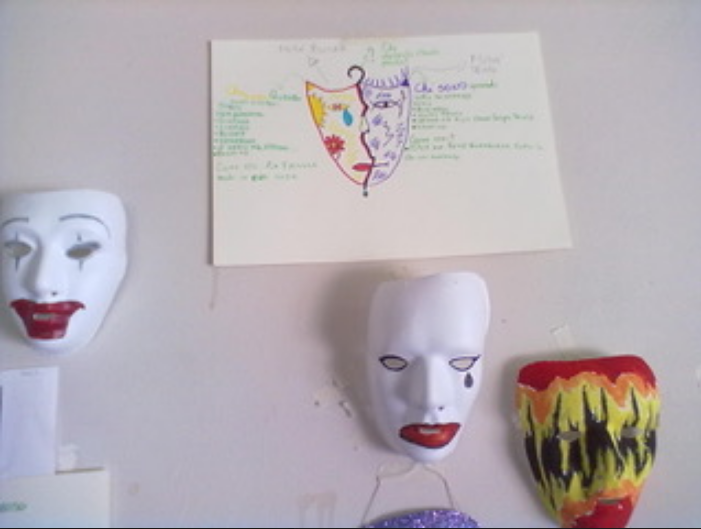 The relational process in art therapy is incredibly rich. When techniques and art materials are used by the clients, their use kindles memories and elicits imagination through sense perceptions: sight, touch, movement and even smell! This is such an important process to observe from the point of view of the art therapist, but it has nothing to do with the aesthetic purpose of creating works of art. On the contrary, it belongs to the interpersonal and intrapsychic dynamics with the client in the setting.
The relational process in art therapy is incredibly rich. When techniques and art materials are used by the clients, their use kindles memories and elicits imagination through sense perceptions: sight, touch, movement and even smell! This is such an important process to observe from the point of view of the art therapist, but it has nothing to do with the aesthetic purpose of creating works of art. On the contrary, it belongs to the interpersonal and intrapsychic dynamics with the client in the setting.
How important is training in psychology for an art therapist?
The variegated modalities of art therapy require a theoretical clinical background such as psychoanalysis, or gestalt, cognitive, behavioral, systemic, or person-centered therapy, as well as a familiarity with the seminal contributions of mindfulness, neuroscientific, and sensory-motor approaches that are really fundamental.
Having this clinical background is important for these reasons: the “do no harm” principle of medicine and being able to rethink the process and be accountable for what was working (or not), why and how.
Healthcare professionals are usually asked to demonstrate the effectiveness of their treatments and meet evidence-based practice standards. There are some seminal studies done in the U.K., where art therapy is a regulated and well established profession, and where the role of art and artists in therapy is part of the healthcare system and supported by the government. The U.K. is also a country where physicians can prescribe art as well as medicine! Moreover, libraries and museums are public services with lots of programs related to health and wellbeing.
But what happens in the rest of the world? In Italy, where I come from, in the eyes of health practitioners who may decide to use art in their practice, a respected artist is more credible than an art therapist.
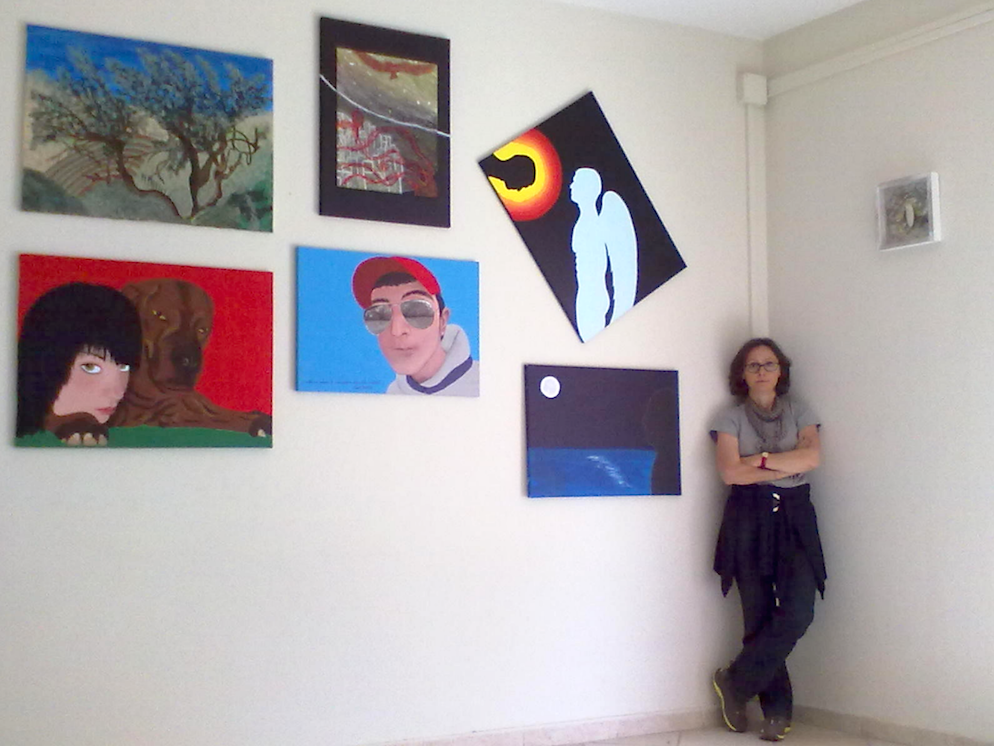
This is in part because of the relative newness of the art therapy profession, which is still a hybrid between art-making and psychotherapy. Often people misunderstand art therapy as some poorly-designed, vague activity. Even I used to mock art therapy as the Cinderella of psychotherapies.
Anyway, what is really important in any project involving art in healthcare is to pay attention to the roles and functions of artists vs art therapists: they have to be clear from the beginning. Confusion does more harm than good.
What is the difference between an art therapist and an artist who decides to work with health issues?
The first difference is that art therapists work with clients, and artists work with participants. Art therapists usually are part of a team in a long term project, and the team is part of a service in the healthcare system. In the team, an art therapist acts in a serving role, engaging the support of other professionals and sharing information on the progress of the clients. Artists, on the contrary, are usually freelance, involved in short term projects for which the primary concern is the art produced within the framework of socially engaged practice.
A last question: what do you think art and art therapy can give to each other?
Belonging to the healthcare professions, art therapy has to accept the rules of the healthcare system, whatever they are. Art therapy is thus assimilated into the languages and approaches of healthcare services, and it provides treatments mainly for individuals. What is missing is the social context of wellbeing where art (more than art therapy) can play a fundamental role. Art denounces and works as a catalyst, inspires and aggregates. Socially engaged artists cultivate a larger view to tackle problems. Within this framework, art acts in wider contexts and reaches the individual from a different perspective: reconciling with the collectivity, nurturing the need of connection, belonging to something bigger. I cannot imagine any health problem solution without responding to the basic human need of being connected. I strongly believe in these kinds of artistic interventions and participatory projects. They work within a wider picture and a long distance vision. What art therapy can do for individuals, socially engaged art can do for communities.
-------------------------------------------------------------------------
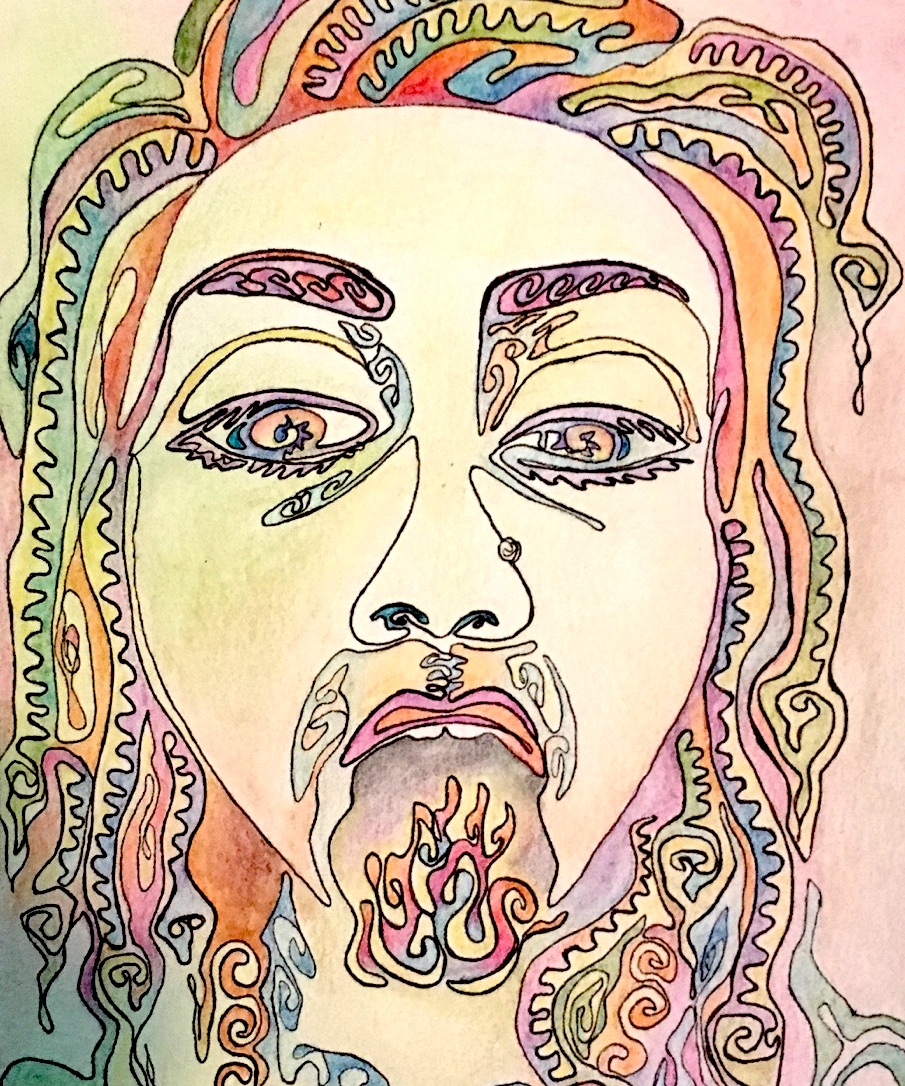
Jessica Torres is a first generation Latina artist from the Bay Area whose involvement in community ranges from providing art workshops for peer groups to art classes for the youth. Jessica attended UC Berkeley where she obtained her B.A. in Psychology. Her art explores themes such as home, silence, resilience and stereotypes to shed light into our preconscious realities and honor the synesthetic qualities of art in practice and in community.
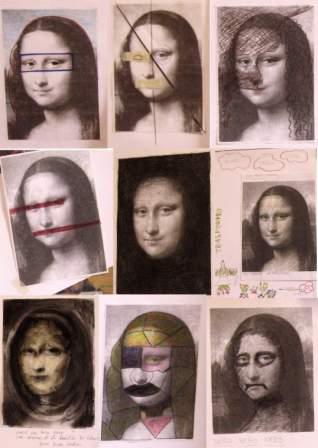
Paola Loomis studied contemporary dance and sculpture while earning a degree in Philosophy from the University of Florence. Working as an educator in Rehab Centers she trained in family therapy and art therapy. She is an Italian certified art therapist, specialized in the psychoanalytical approach, and worked for 18 years in mental health private services.